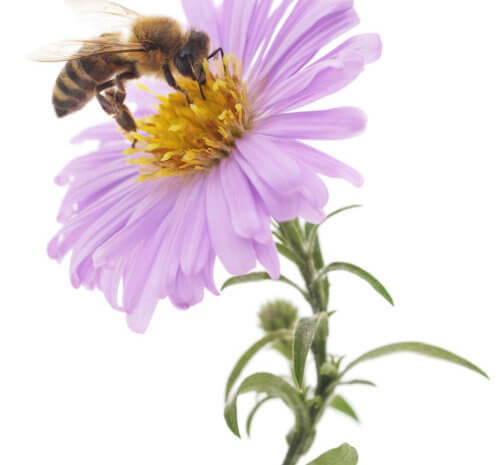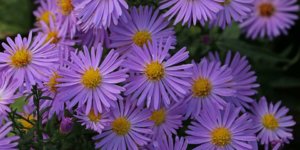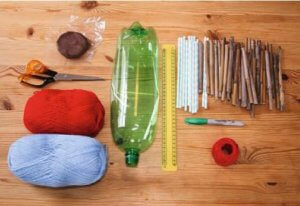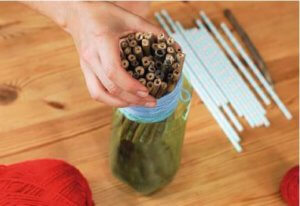Save The Bees

Make your garden bee-friendly this autumn
Autumn is a tricky time if you’re a bee. All summer long there are plenty of sources of nectar and pollen around, with all the flowering plants to choose from.
But come autumn, many of these sources have disappeared, ready for the cold winter.
Bees are still around at this time of year – bumblebee colonies produce males and new queen bees during the late summer months – and so they still need somewhere to feed, and somewhere to shelter over the winter.
There are ways you can help them. Choosing the right plants is the most important thing, as well as providing somewhere for them to nest and shelter.
We spoke to Simon Chasey from Tierra Designs, who gave us these top tips for making your autumn garden bee-friendly.
Plant late flowers
 It’s important to have a wide diversity of early-flowering and late-flowering plants in your garden. During the summer there are lots of flowers to choose from, but by the time September and October roll around, there are far fewer.
It’s important to have a wide diversity of early-flowering and late-flowering plants in your garden. During the summer there are lots of flowers to choose from, but by the time September and October roll around, there are far fewer.
‘Things like winter pansies are no good for bees,’ says Simon, ‘as they don’t have any pollen.
‘Instead you need to choose plants whose flowers have pollen, and which flower longer and later into the year. Bees stockpile nectar in the autumn ready for the winter, so it’s one of the most important times of year for them.’
Here are some of the best suggestions, depending on your garden:
- Hebes – these flower from late summer until the autumn, so are perfect for attracting bees
- Helleborus, also known as the Christmas Rose – flowers throughout the winter and provides an excellent source of pollen
- Ivy – lots of people don’t like ivy as they think it takes over the garden, but in fact if you plant it along a wall in a sheltered place it’s excellent for bees as it provides high quality nectar all year round
- Verbena bonariensis – these tall, delicate plants have a long flowering season and bees love them
Plant for spring
It’s also important at this time of year to plant bulbs that will flower in the spring, to provide a source of pollen and nectar for the bees coming out of hibernation after the winter. Choose bulbs such as crocuses and alliums.
Careful pruning
With careful pruning you can ensure plants flower for longer, or even flower later.
‘There are two methods of increasing flowering,’ Simon explains. ‘The single most effective way is to dead-head, the same way you do with roses. So when the first flowers have died off, cut them right back to the next flower and this means all the plant’s energy goes into helping the next one flower.
‘The other way is to cut back after the first flowers have died off to give the plants a second flush later in the season.’
Provide shelter
Bumblebees hibernate during the winter, and need shelter. There are several ways of providing shelter for them in your garden.
‘You can build a twig pile, like a little bug house,’ says Simon. ‘Pile a few logs together and fill the gaps with moss, twigs and leaves.’ This gives them both somewhere to nest, as well as shelter from the rain.
Don’t be tempted to clear your borders until the spring either – leaving dead stems will give the bees somewhere to shelter.
‘Bees also love compost heaps, so if you can leave your compost heap alone until the spring it will give them somewhere else to shelter,’ says Simon.
Leaving a patch of grass long will also help them, as they like to nest in the long grass.
- Build a bee hotel
If you really want to go for it, you could build a bee ‘hotel’. There are lots of ways to do this, but one of the easiest is to use a plastic bottle and buy some lengths of hollow bamboo from the garden centre.
Cut off both ends of the bottle, and cut the bamboo 3cm shorter than the bottle so it’s protected from the rain. Try and choose bamboo without many knots as bees can’t get through them. Using wax or modelling clay, block one end of each length of bamboo, then push them into the bottle. Pack them tightly in to make sure they’re secure, then leave it outside in a sheltered place, or hang it up against a wall.
Avoid insecticide
Insecticide is not great for bees at all, but if you do want to use it make sure you spray it in the evening when the bees have gone to bed, rather than during the day.



